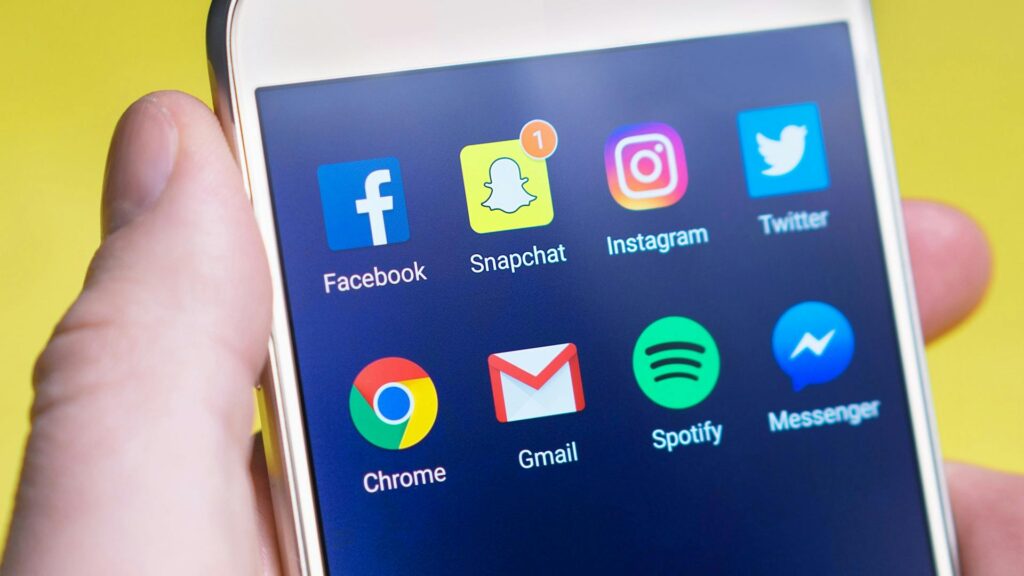Best Social Media Marketing Tools to Promote Your Business

There’s no question that social media must be a focus area in any modern business’ marketing campaigns. There’s extreme pressure to ensure your brand or company gets noticed on these social platforms because so many people use them.
Luckily, there’s no need to always hire professionals to do this advertising work, thanks to social media marketing tools. Some are free, and some require payment, but you’ll see the value they carry once you start implementing resources from the following categories.
Image and Video Creation Tools
Text is simply not sufficient when you’re marketing on social media. In short, it’s boring, and there’s very little chance of getting noticed. Also, images are processed faster by viewers’ brains and stored and recalled more efficiently. This proves the value of adding images and videos to what you share online.
To make your videos more engaging and memorable, consider how a talking avatar creator can improve your video. These tools use realistic, human-like avatars to present your message, adding a dynamic, personalized element that captures attention.
Platforms like Synthesia provide easy-to-use options for creating videos with AI-generated avatars, making the production process both efficient and cost-effective.
For businesses seeking to enhance their brand’s messaging through dynamic video, using enterprise solutions like AI technology is increasingly beneficial.
Similar to how personalized visuals capture attention, learning more about enterprise AI video offers opportunities to create impactful and tailored audience experiences.
Brands like Canva and Artlist make it easy for ordinary people to create spectacular visual elements for online use.
There are image and video templates that you can customize to your needs, your brand’s style and your message. Professional designers create these templates so your content will look impressive. But, instead of hiring a designer or camera crew, you simply download, edit and share.
Infographics will also go a long way to encourage engagement and give your audience a stack of information in one small space.
Tools like Snappa are great for beginner infographic designers, while Piktochart is an excellent tool for designers who enjoy a more customizable approach to infographics.
Doodly is a great tool for video creators who want to customize their message in a visual format. It contains an array of image templates that are drawn with an animated hand right in front of the viewer while a voice talks them through your brand message.
Tools for Social Media Scheduling
For all the visual content you’re going to create, you need a streamlined workflow or social media advertising can start taking up too much of your time.
Social media campaigns are only effective if you post regularly, but you probably don’t have the time to stop and share something new on different platforms a few times a day.
Social media scheduling tools automate a lot of this process. For example, it can share to multiple platforms at once, so there is no need to manually open and share on each one.
Also, it makes your calendar more manageable because you only need to sit down and plan a few days’ worth of content once a week. Then, the tool HootSuite will share in days to come based on your settings and the content you provided.
Other tools even help you to analyze which older posts have received the most engagement or response. You can use this information to create similar posts in the future or simply program your social media tool to repost older posts that were once popular. If you want to take your social media seriously, then getting an analytical AI social media tool is a strategic move.
Listening and Monitoring
In order to know what to share, you must understand your audience. This knowledge can grow over time when you use listening and monitoring tools. As part of your plans to promote your business effectively, these tools can do the following:
- Analyze how your campaigns are doing, such as whether your audience is being reached.
- Compile information on keywords, hashtags and topics people mention that are relevant to your brand. Including this in your content increases the likelihood of your message being picked up and noticed online.
- Gauge the sentiment of your audience in relation to a certain topic or brand so you can adjust your campaign message accordingly. For example, it helps you realize where there’s a gap in the market, and you can tailor your marketing message to prove you can meet that need. That’s how you increase your market share.
- Show you when trends appear in your industry.
Conversation mining tools use the knowledge you gather from your audience to engage them more often and create more posts that are relevant to their needs and desires. HotConvo is a good example of this since it utilizes AI to create smart conversation starters for online dating sites.
QuickChatBot is another tool that can be integrated into your website. It converses with users, evaluating their most frequently asked questions about your brand. Based on this information, it provides analytical data, fueling your blogs, landing pages, and website content.
One last example of conversation mining is ChatPad. It allows you to input previous conversations (with clients or social media users) and generate meaningful conversations based on that data. With AI as its engine, it can quickly provide you with conversation starters or content ideas for your future social media posts.
Tools to Engage with Your Audience
It’s a good starting point to get your message out, but your audience still wants engagement with your brand before they’ll trust you. Only if you can boost trust in your business will you acquire loyal customers and supporters.
Engagement tools make it easier to answer questions asked on social platforms or respond to a complaint or negative review. Note that some scheduling tools help you simplify your engagement with your audience.
For example, Hootsuite allows you to comment, reply, like, and message, all from its dashboard, so there is no need to navigate to each social platform just to connect with your audience.
Analytics Tools
With any marketing plan, you must analyze the outcomes, or you won’t know if you’re successful or how you can improve. Quality analytics tools for social media marketing, like Google Analytics or Sprout Social, give answers to questions like:
- How well do your social profiles perform?
- What times are best for posting certain messages?
- Did these messages have a clickthrough rate on your website or other social media channels?
- What impact is your competition making via their social pages?
- Did a certain campaign work and have the impact you thought it would?
- Which of your marketing messages get the most engagement, and which ones should you avoid in your upcoming campaigns?
- What conversations lasted longer than others, and what drives the emotions of your audience?
Once you have answers to these questions, you can accurately decide on a direction to take with your social media posts. You don’t have to be a social media expert to use this information to your benefit. But if you’re still unsure about what your audience is craving, try different campaigns and test them against each other.
A/B testing tools also come into play here. These comparison tools allow you to test campaigns against each other after you’ve posted them. Facebook Ads allows you to do this within its platform, but you can also use an external social media A/B testing tool for a more objective result.
Final Thoughts
Facebook has around 2.9 billion active users, and experts believe there are over 230 million active users on X every day. You need to get your message in front of this huge audience, and luckily, there are efficient social media marketing tools to empower you to do it correctly.
It does require a robust set of tools to really make your campaigns work, monitor them and improve where necessary. But vendors keep you as the end user in mind, and you’ll be surprised at how user-friendly tools in these categories can be.
